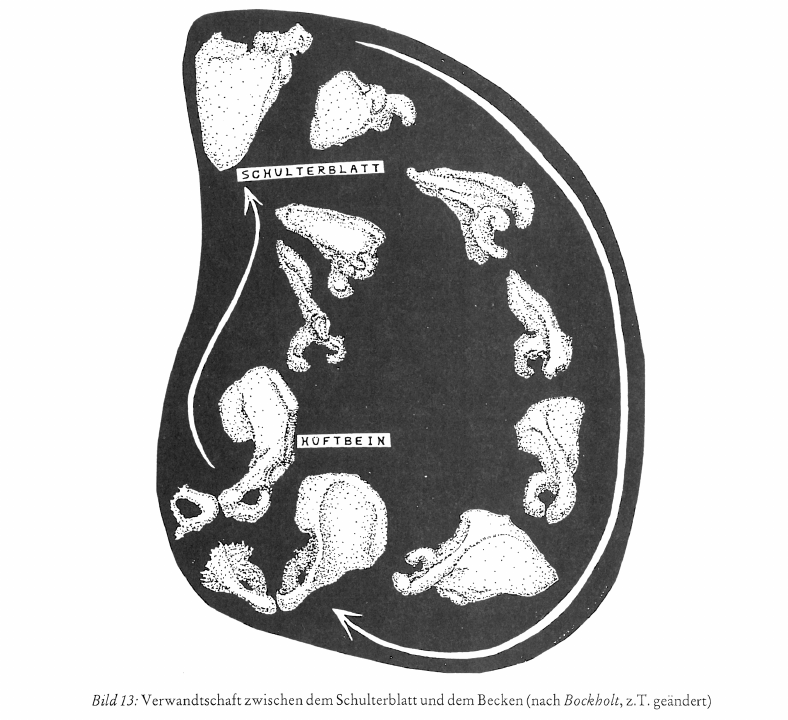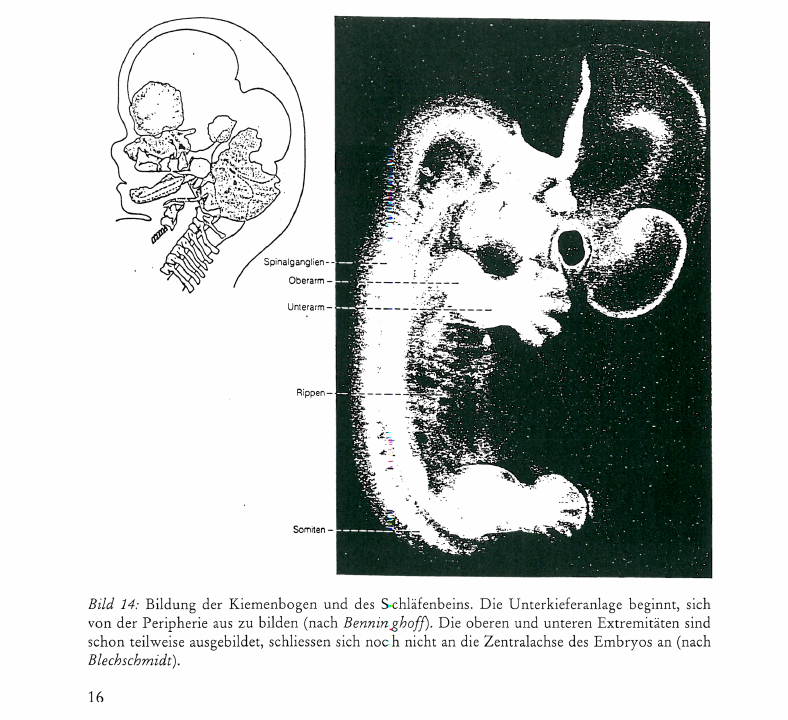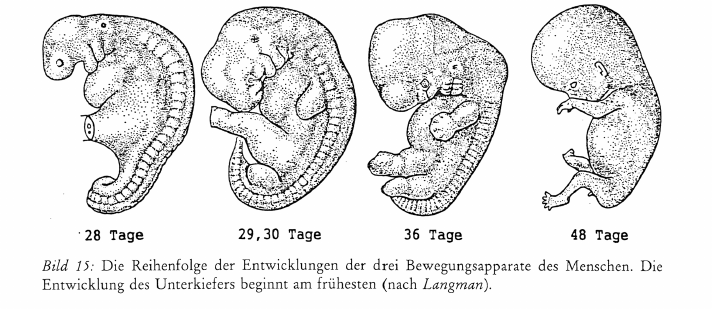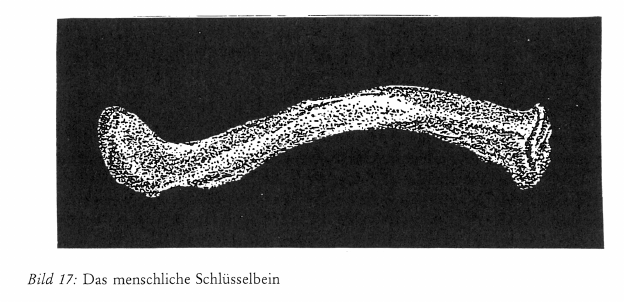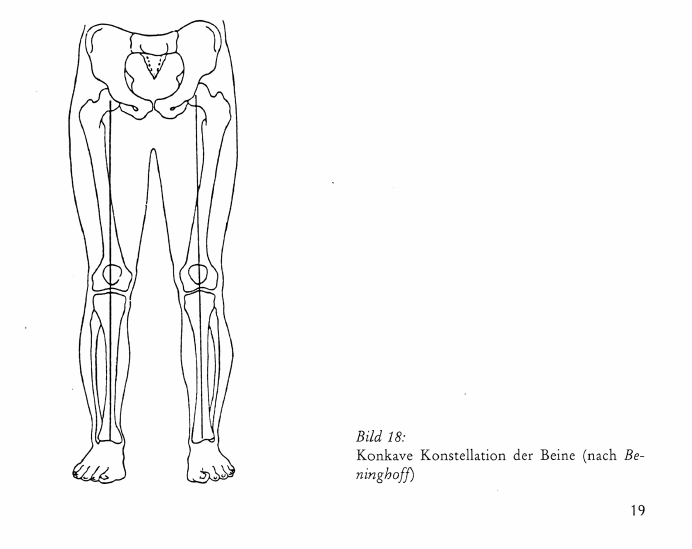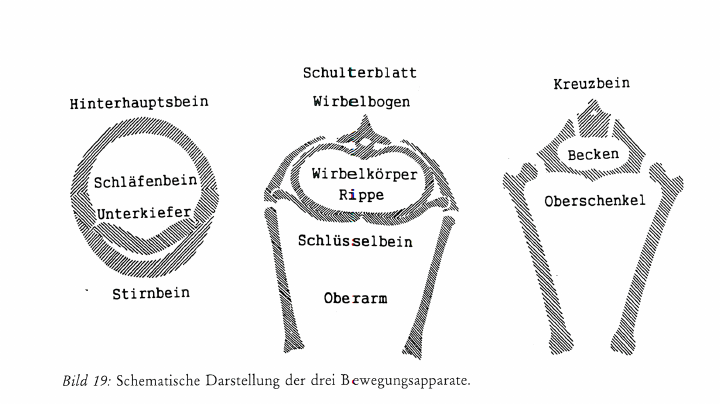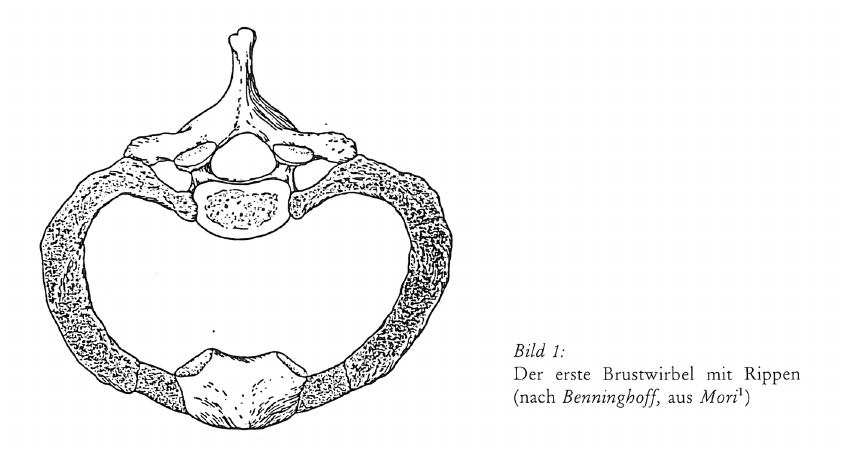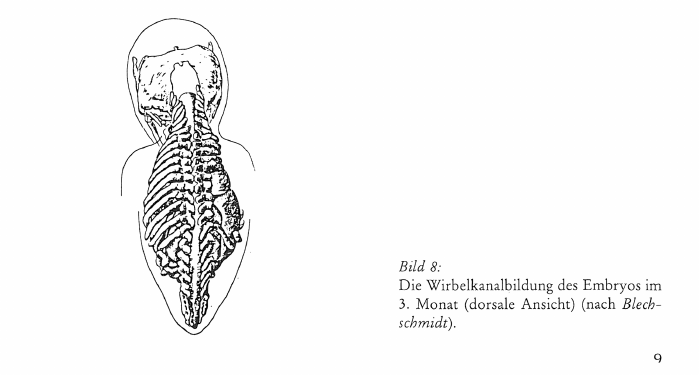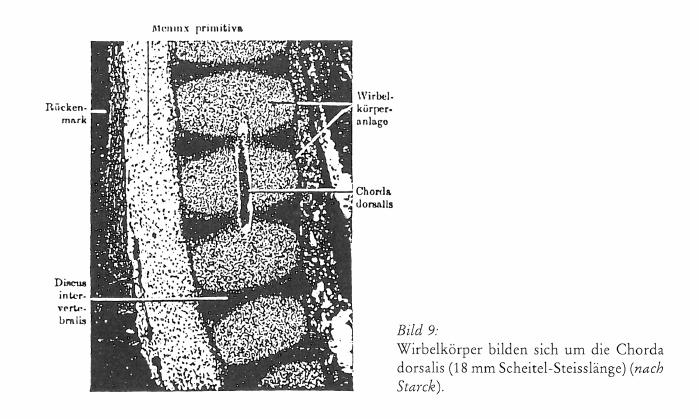Über das lemniskatische Bildeprinzip des menschlichen Skelettes
Export Article Citation as
- Plain text
- BibTeX
- RIS format
- Download price : € 6.00
Abstract:
The lemniscate as an idealistic principle is related to phenomena of the human skeleton. It is not a single vertebra that represents the entity but the entire structure including vertebra and rib. The human skeleton shows four lemniscatic constellations: the small one mentioned above, which exhibits its characteristics best in the upper thorax; the intermediate lemniscate, represented by the arm-shoulderblade-complex, which is the middle form of the three Bewegungsapparate; the central bone of the intermediate complex being the collar-bone. The complex of the first Bewegungsapparat, the lower jaw-temporal bone-complex, shows a formative tendency directed inwards. The complex of the third Bewegungsapparat, the thighpelvis-complex, exhibits the formative tendency outwards. The lack of a disc between axis and atlas on the one hand and in the sacrum on the other, indicates the lack of a lemniscatic centre in the head and pelvis respectively. The three Bewegungsapparate lead us to the large lemniscatic constellation in the human being.


